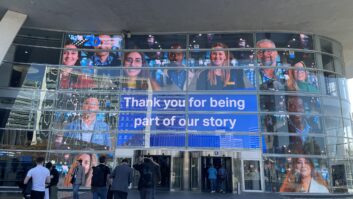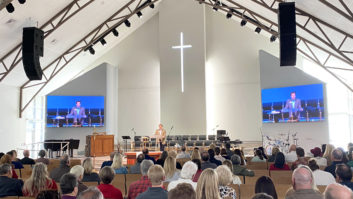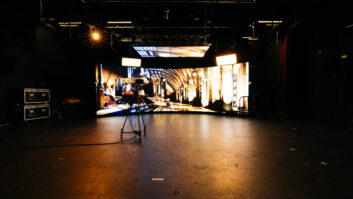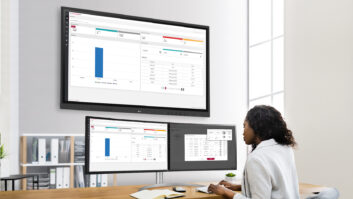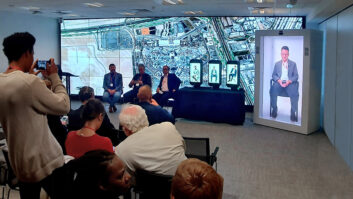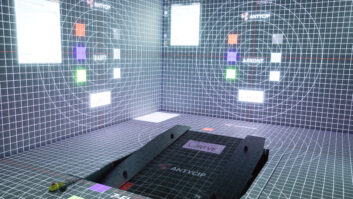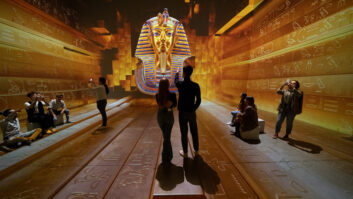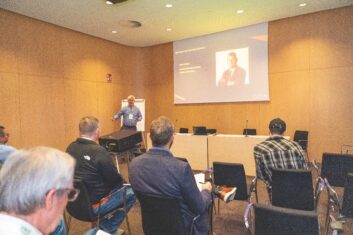
The representation of smart home technologies within the assisted living and environmental control technologies industry is on the rise.
In a session on the CEDIA Smart Home Technology Stage yesterday – entitled ‘Creating Sustainable, Accessible and Adaptable Homes using Smart Home Technologies’ – assistive technology consultant Paul Doyle told attendees about diminishing workforces and resources in the space, and raised the question of how we leverage new technologies to deliver care at scale remotely.
“There is a relationship that occurs between two human beings that tends not to happen outside of the care sector,” Doyle said. “It’s about establishing and understanding the human emotional connection and how technology can facilitate that.
“We’re seeing rapid climate change and an ageing population, so people want property that’s accessible but also energy efficient. The technology that will enable you to open and close windows, curtains and blinds if you are physically disabled is the same technology that will mitigate the impact of thermal gain and so on.”
Doyle mentioned how there is an increasing number of individuals being diagnosed with autism, and explained how he has seen projects that use smart home technologies to provide immersive environments that are not over-stimulating for the individual: “We can create environments that are very much built on that person’s specific mood,” he said.
The notion of telecare, a global service that uses advanced monitoring, alarm and analytics systems to help predict issues before they arise, was also brought up in the discussion.
“We can use very simple sensor-based technologies from the smart home sector to deliver telecare,” Doyle added. “The thing we need to establish is how governments can then deliver that at scale.”
